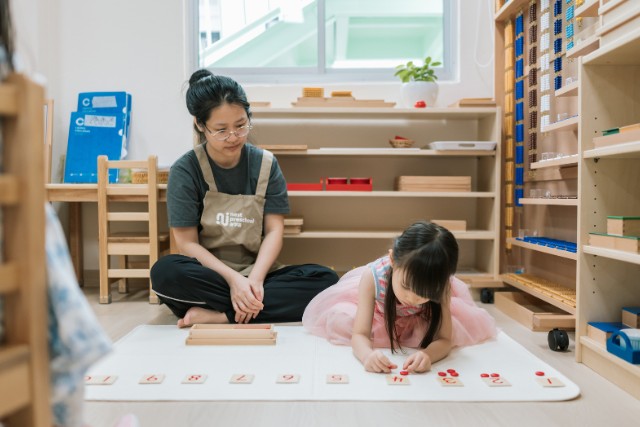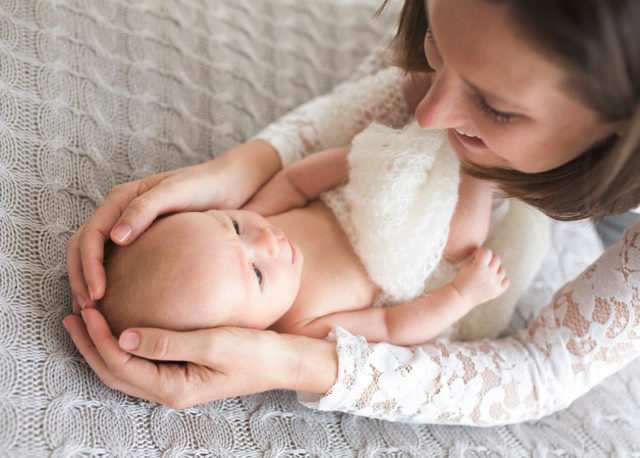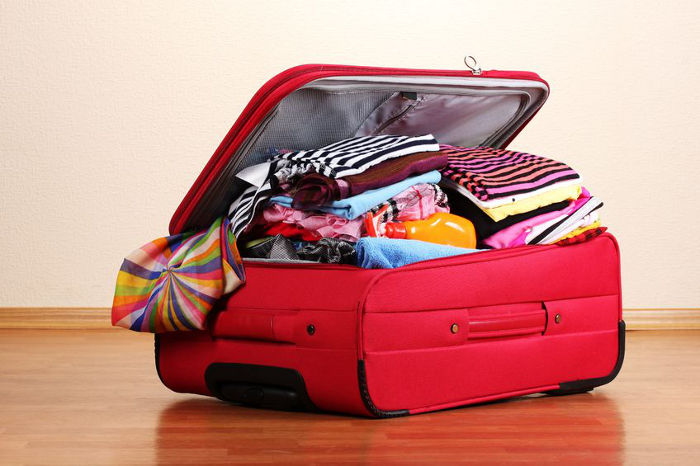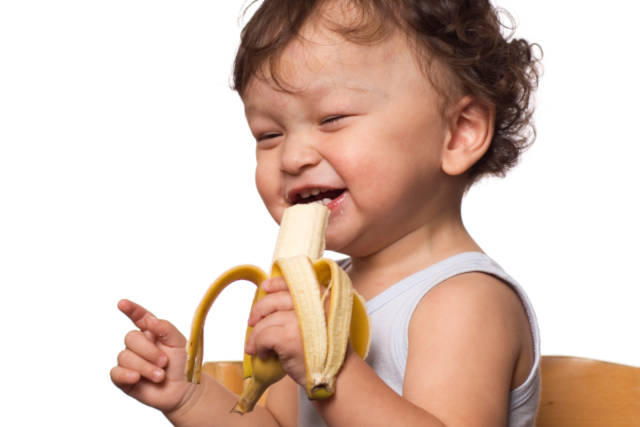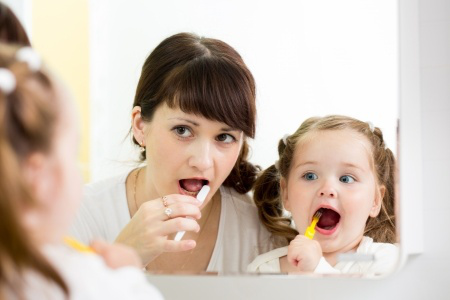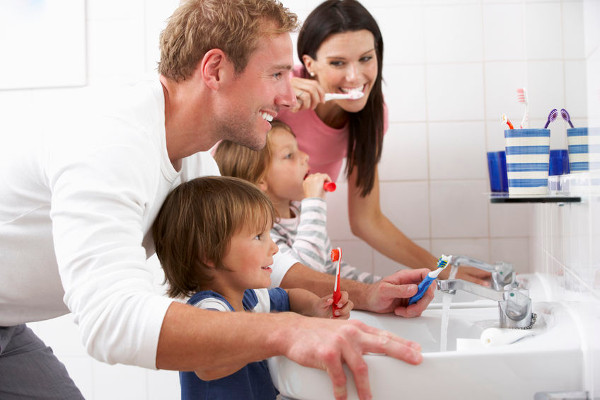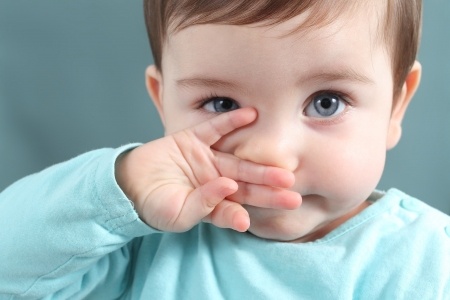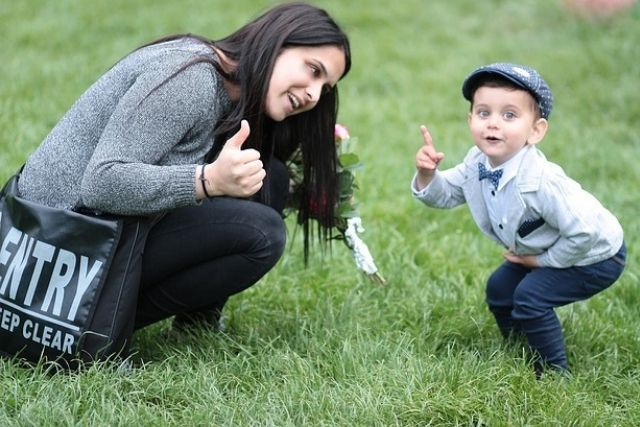Basic soap is one of the most effective defenses against invisible pathogens. So what makes it so effective? The magic comes down to the unique properties its structure gives it. Soap molecules have two halves’. One half loves water (known as the hydrophilic) and the other half loves fats and hates water (lipophilic).
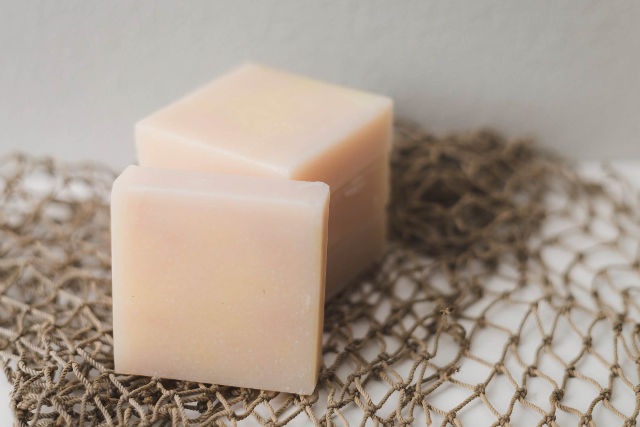
These molecules, when suspended in water, alternately float about as solitary units, interact with other molecules in the solution and assemble themselves into little bubbles called micelles, with the water-loving half pointed outside and fat-loving half pointed inwards.
⇒ Related Read: Bare from Packaging: The Swap to Bar Soap
Many viruses and bacteria are built the same way. Most viruses look like a spiky ball with strands of protein inside. The outer membrane of this spiky ball is made up of fats while the proteins inside are the genetic material of the virus.
When you wash your hands with soap and water, you surround any microorganisms on your skin with soap molecules. The fat-loving parts of the soap molecules float around in an attempt to evade water and in the process, stick themselves into the fat membranes of microbes and viruses.
While this is happening the water-loving parts are repelled by the fatty membranes of the microbes and the resulting push and pulling forces literally tear the microbes apart. All the important proteins leak from the ruptured membranes, killing the microbes and render them useless.
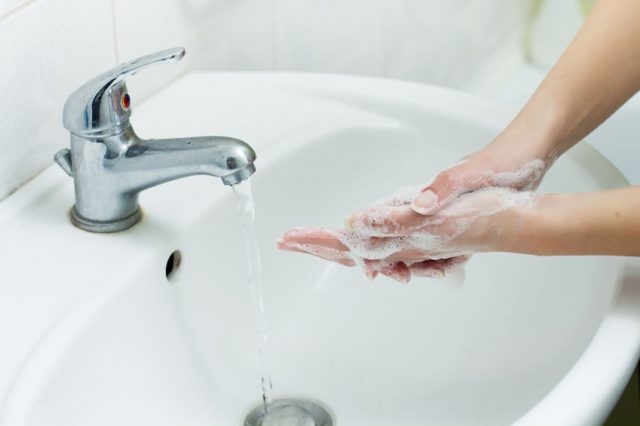
The catch here is that this action takes a bit of time. Around 20 seconds to be more precise. This is the reason you hear experts recommending that you wash for at least 20 seconds, touching all parts of your hands and creating friction.
“Micelles (the little bubbles) also form around particles of dirt, latch onto microbes and fragments of viruses and bacteria, suspending them in floating cages.”
⇒ Related Read: Why I Want My Kids To Get Dirty
Even if you come a little bit off that 20 seconds mark, plain soap has one more added benefit. Micelles (the little bubbles) also form around particles of dirt, latch onto microbes and fragments of viruses and bacteria, suspending them in floating cages. When you rinse your hands, all the microbes that have been damaged, trapped and killed end up down the drain with the water.
Work up a good lather, scrub your palms and the back of your hands, interlace your fingers, rub your fingertips against your palms, and twist a soapy fist around your thumbs.
* * * * *
Like what you see here? Get parenting tips and stories straight to your inbox! Join our mailing list here.
Want to be heard 👂 and seen 👀 by over 100,000 parents in Singapore? We can help! Leave your contact here and we’ll be in touch.












